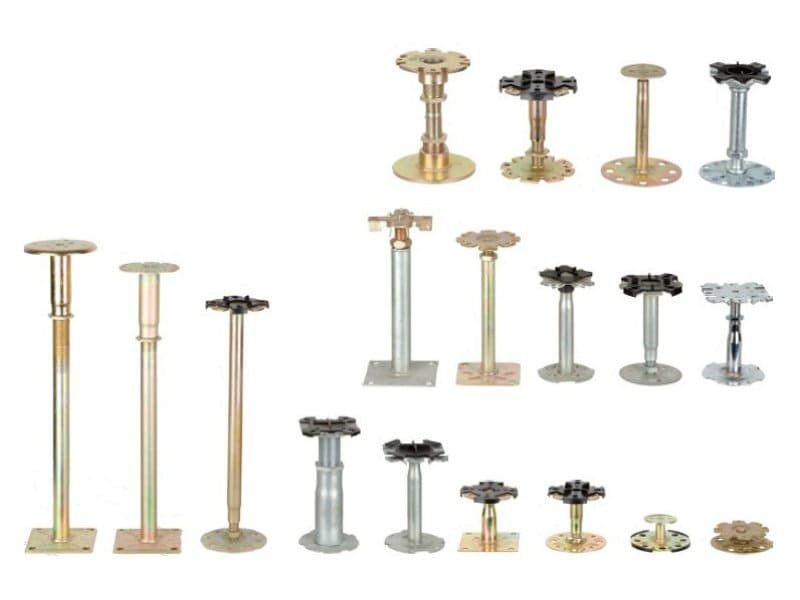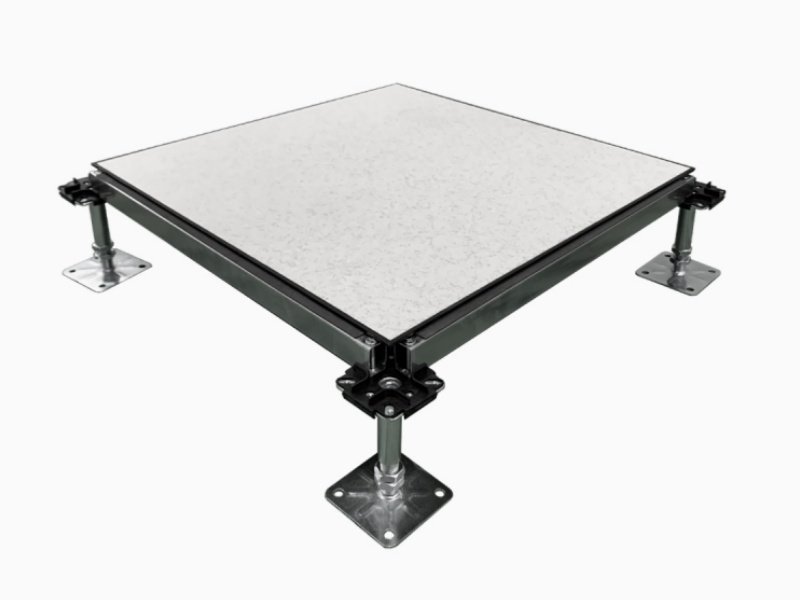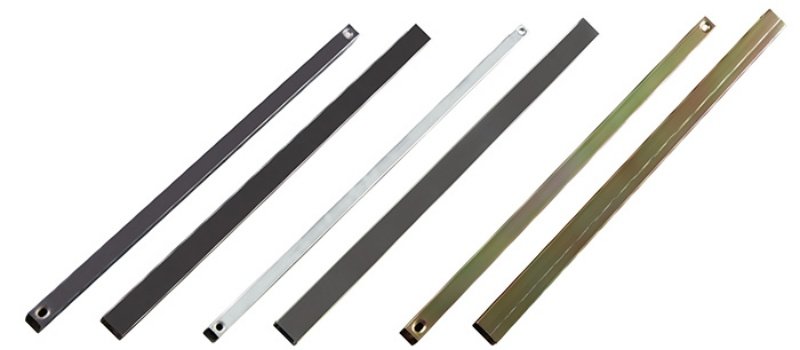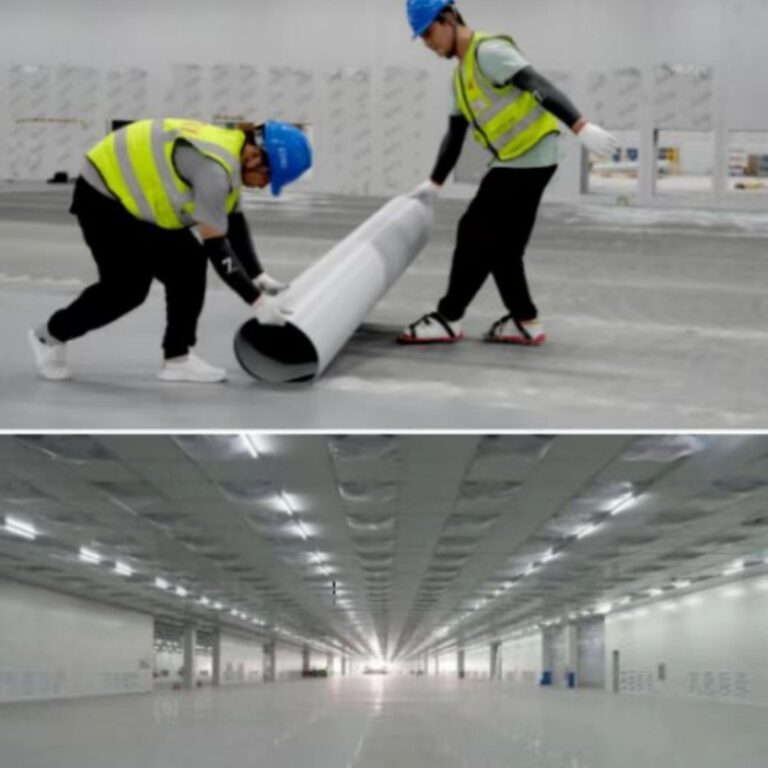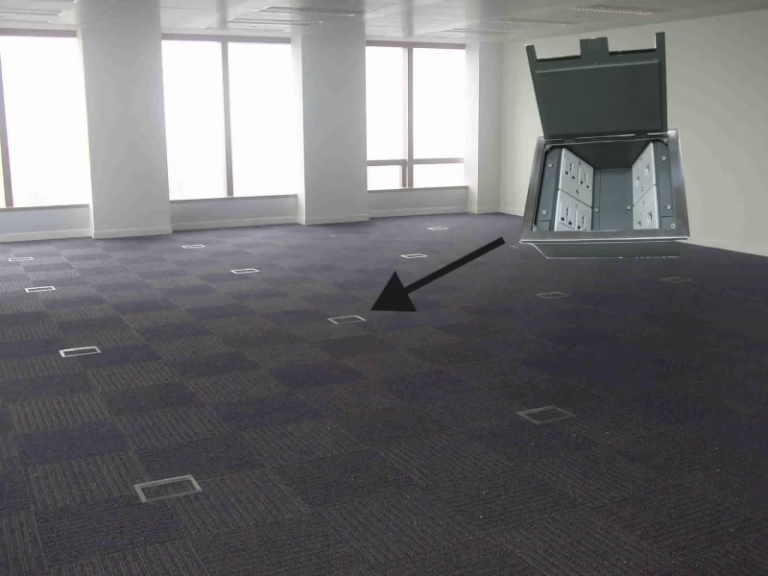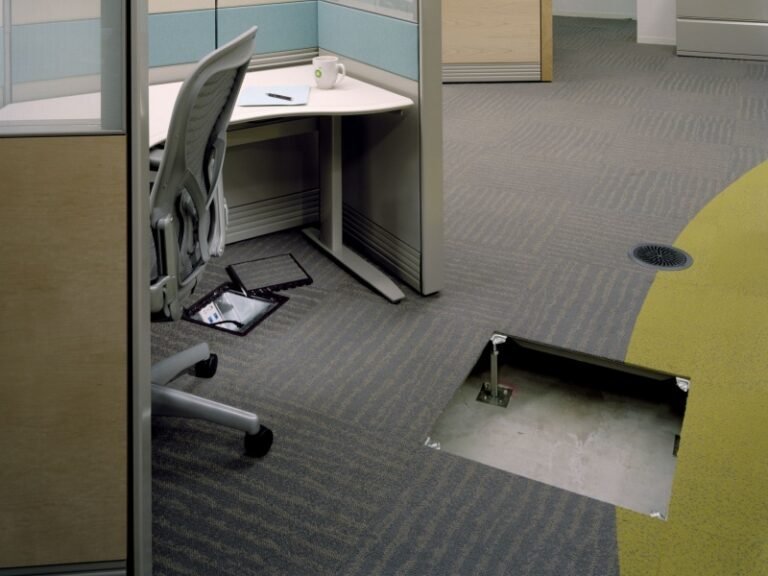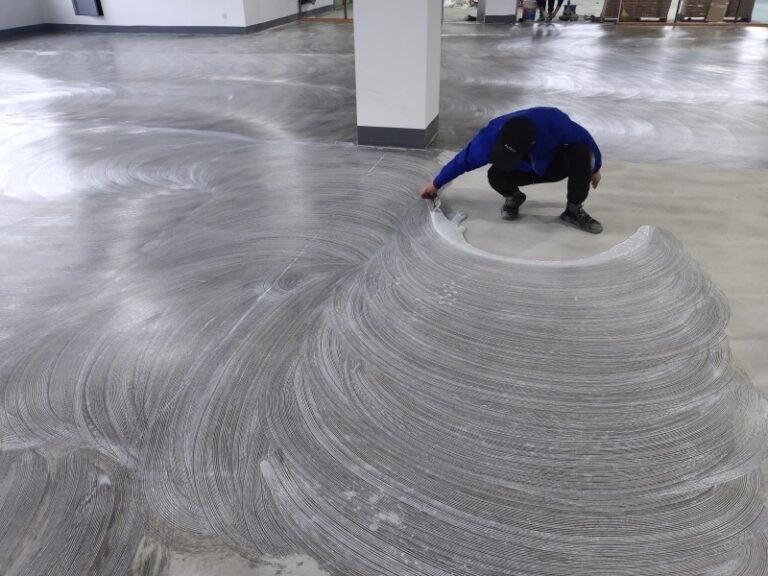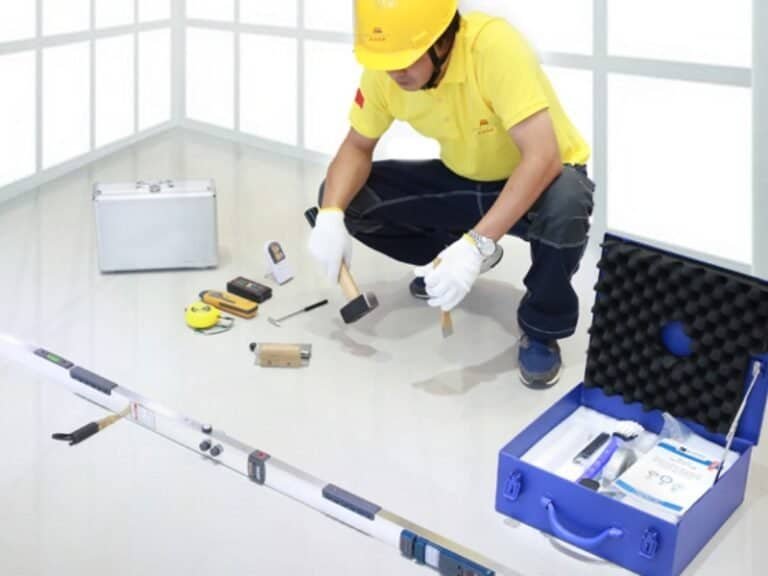Blog
Home » Raised Floor Accessories – Pedestals
Raised Floor Accessories – Pedestals
Raised floor systems are a critical component in a wide range of commercial and industrial environments, offering flexibility for cabling, cooling, and efficient space utilization. These systems typically consist of several key elements: the raised floor panels, stringer, pedestal, screws, and PVC finishes. Among these, the pedestal plays an essential role in the overall structure and performance of the raised floor system.

In this article, we’ll discuss the importance of raised floor pedestals and stringers, their features, and why choosing the right components is crucial for the stability and longevity of the system.
Why Pedestals Matter in Raised Floor Systems?
Pedestals form the foundation of any raised floor system. They bear the weight of the floor panels and ensure the system remains stable and durable over time. More importantly, they help dissipate static electricity, preventing damage to sensitive electronic equipment, which is why they’re especially critical in environments like data centers, server rooms, clean rooms, and laboratories.
The effectiveness of an anti-static raised floor system hinges on the materials and design of the floor, including the pedestals. Different materials and designs directly impact the system’s ability to manage static electricity. That’s why many users opt to replace the pedestals alongside the floor panels when upgrading their raised floor system.
Key Features of Raised Floor Pedestals
Steel Structure: The pedestals are typically made from steel, offering excellent load-bearing capacity and impact resistance. This ensures the system can handle heavy equipment and high foot traffic without compromising stability.
Flexible Assembly: Raised floor pedestals are designed for easy assembly and interchangeability, allowing for high precision in size and layout. This flexibility ensures a longer lifespan and makes maintenance easier.
Anti-static Performance: Raised floor pedestals, when designed with conductive materials, play a significant role in ensuring the floor maintains its anti-static properties, which is crucial for environments that house sensitive equipment.
Adjustable Floor Leveling: One of the most distinguishing features of raised floor systems is the ability to adjust the height of the pedestals. This allows installers to correct any unevenness in the subfloor and achieve a perfectly level working surface.
Easy Maintenance: Raised floors can be easily lifted and removed, making it convenient to access wiring, cabling, and other infrastructure located beneath the floor. This accessibility simplifies maintenance, repairs, or upgrades without disrupting the entire setup.
Understanding Pedestals and Stringers
The pedestals come in a variety of heights, typically ranging from 50mm to 2500mm, depending on the requirements of the space. Standard pedestal diameters include 32mm, 38mm, 45mm, 48mm, 60mm, and 76mm. Choosing the correct height and diameter is critical to ensuring the raised floor system’s stability and load-bearing capacity, especially in spaces such as:
Server Rooms: Where precise installation and static dissipation are essential.
Clean Rooms: Where contamination control and precise floor leveling are needed.
Control Rooms: Where easy access to cables and equipment is a priority.
Certain specialized environments may require customized pedestals, which can be tailored to specific dimensions and materials based on the requirements of the space.
The Role of Stringers
Stringers, or crossbeams, serve as the structural “bridge” that connects the pedestals. In larger raised floor systems, beams are essential for creating a stable and secure structure. When used correctly, stringers enhance the overall strength and integrity of the system, ensuring it can withstand heavy loads and resist shifting over time.
If needed, selecting the right stringers to complement the pedestals is crucial to ensuring that the entire raised floor system is robust and reliable.
Choosing the Right Raised Floor Pedestals
Selecting the right raised floor pedestals requires careful consideration of both size and material. To ensure raised floor systems that are both aesthetically pleasing and highly durable, it is important to:
Measure accurately: Ensure the pedestal height and diameter match the specific dimensions and requirements of the space.
Consider the material: Steel is a popular choice due to its strength and resistance to corrosion. However, other materials may be more suitable for specific needs (e.g., anti-corrosive materials for environments with high humidity).
Check the system’s purpose: Different applications (e.g., server rooms vs. clean rooms) may require different specifications, so customization is often necessary.
The pedestal components of a raised floor system are fundamental to its overall performance. They ensure the stability, safety, and functionality of the raised floor, especially in environments where static electricity poses a risk to sensitive equipment. By choosing the right pedestals and stringers, you can enhance the performance of your raised floor system, making it more durable, flexible, and suitable for a variety of commercial and industrial spaces.

